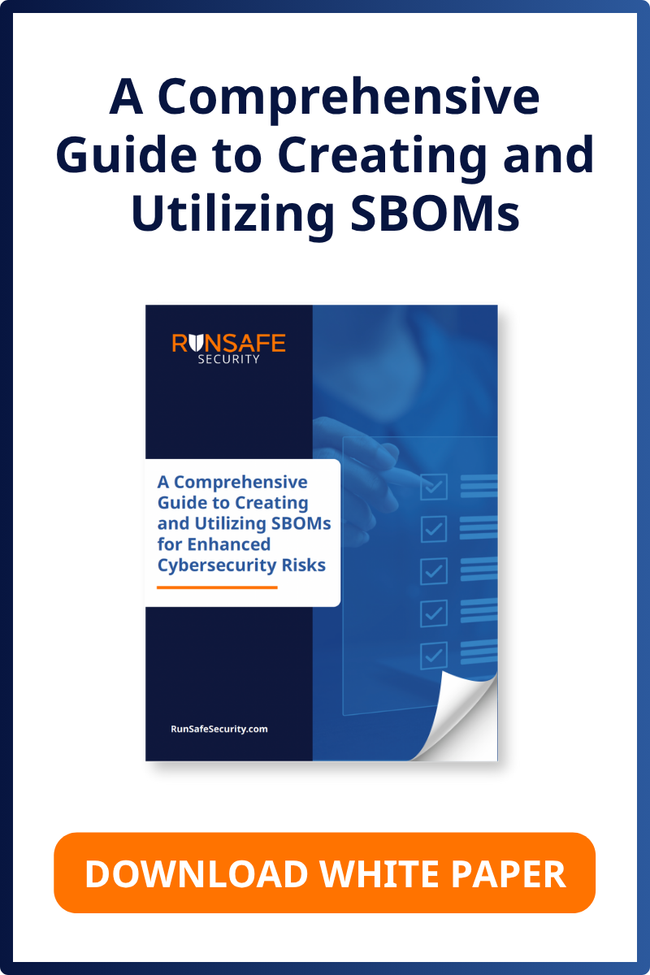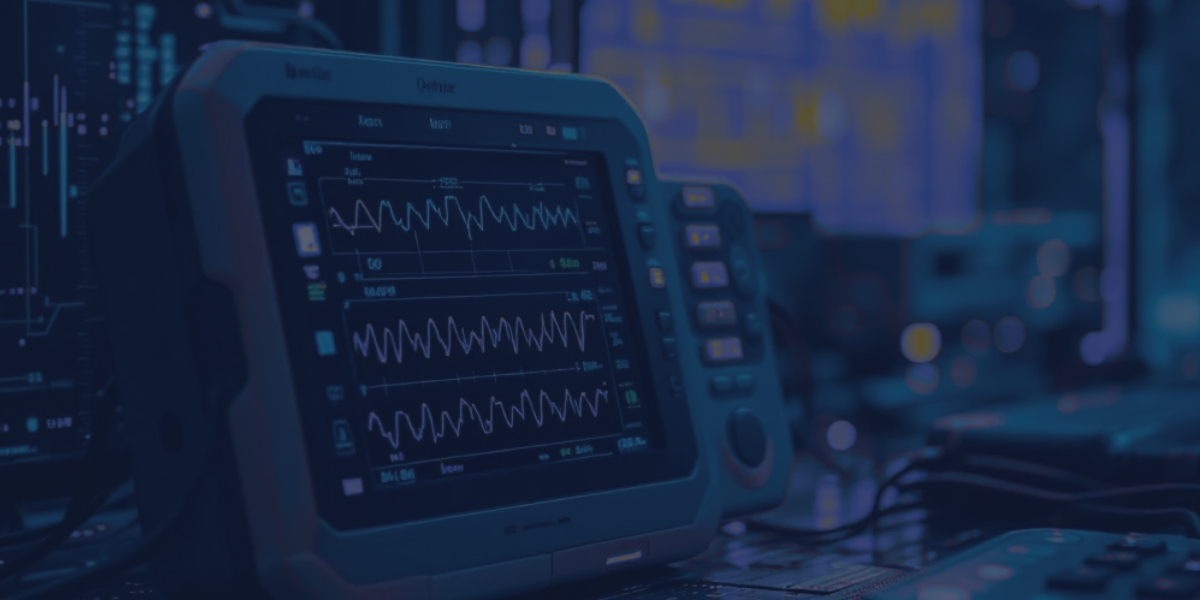This is a guest post by Critical Software
RunSafe Security and Critical Software are partners in delivering comprehensive safety and security solutions for critical sectors in Europe and the US.
Imagine modern healthcare services without medical devices. You can’t? Neither can we. Medical devices perform a vital role in the patient experience, from diagnosis to treatment to follow-up. Advances in tech have enhanced these devices and, in turn, have improved patient outcomes. Personalized treatment plans using data gathered from wearables; real-time monitoring of patients’ conditions allowing healthcare professionals to intervene in a timely fashion; AI-powered surgical systems assisting surgeons during complex operations – all of these have revolutionized the way patients are treated.
But they have also widened the threat horizon for patients. The ever-increasing range of cyber threats pose serious reputational risks to manufacturers and could mean the difference between life and death for patients. But to combat these threats, different jurisdictions have implemented their own medical device cybersecurity standards, creating friction for manufacturers operating in various markets.
From the European Union’s Medical Devices Regulation (MDR) to the United States’ Foods & Drug Administration (FDA), medical device manufacturers need to ensure their devices comply with cybersecurity standards outlined in each jurisdiction. But is this getting easier or more complex in an ever-more complex threat environment?
Medical Device Cybersecurity in the EU
The EU’s MDR outlines clear rules with which medical device manufacturers must comply in the domain of cybersecurity, particularly with regards to following risk management practices aligned with ISO 31010 and ISO 14971.
Post-market surveillance is critical to this: the manufacturer is responsible for keeping track of any cybersecurity vulnerabilities that present themselves in their devices and must work to rectify these once identified.
Harmonization of Medical Device Standards and Regulations
Yet harmonization is already occurring between the two regulators, reducing friction and making manufacturers’ lives easier. ISO 13485 is adhered to by both the MDR within the EU and the US FDA, aligning quality management system regulations between the two markets. This is in addition to the most recent update of harmonized standards made by the EU in March 2024, this being the next step in the bloc’s efforts to align its standards with those applicable globally.
The International Medical Devices Regulators Forum (IMDRF) plays a role in reducing barriers for manufacturers operating in the EU and US, with shared guidance on clinical evaluation and post-market surveillance making it easier for manufacturers to distribute, monitor, and “sense-check” their devices, ensuring compliance with a harmonized set of standards. This is integral in the cybersecurity domain, ensuring protection against evolving threats in whichever market the devices are placed in.
What Does This Mean for Cybersecurity?
Both the EU’s MDR and the FDA’s regulations require a risk-based approach, ensuring that residual risks are assessed and managed throughout the device’s lifecycle. In terms of cybersecurity, this demands extensive risk management documentation. Similarly, Secure by Design has been implemented in both the EU and the US: the MDR encourages manufacturers to implement cybersecurity measures from the earliest stage of the design process, while the FDA requires Secure Product Development Frameworks (SPDFs) be followed from early design to product release.
There is still much work to do, however. Since 2010, the number of cybersecurity incidents in the EU and the US has increased. From 2021 to 2023, there were over 215 publicly reported cybersecurity incidents relating to medical devices in the EU. In the US, it is estimated that over 53% of devices on the market possess critical cyber vulnerabilities. A 2024 report from Censys found that there are “14,004 unique IP addresses exposing healthcare devices and data systems connected to potentially sensitive medical information on the public internet. These exposures greatly raise the risk of unauthorized access and exploitation.”
The Future of Cybersecurity Regulatory Alignment
Regulatory alignment is heading in the right direction, but as we have seen, there is still more work to be done. While harmonization is progressing, critical vulnerabilities remain in copious amounts of medical devices and healthcare products in the market, which opportunistic hackers and hostile actors can take advantage of.
Want to discover more about the pivotal role of cybersecurity in medical devices? Catch up with Critical Software and RunSafe Security’s recent webinar featuring Afonso Neto from Critical Software and Doug Britton from RunSafe Security, who outlined some of the most pressing cybersecurity aspects underpinning medical device regulations in the EU and USA. Watch the webinar here.






